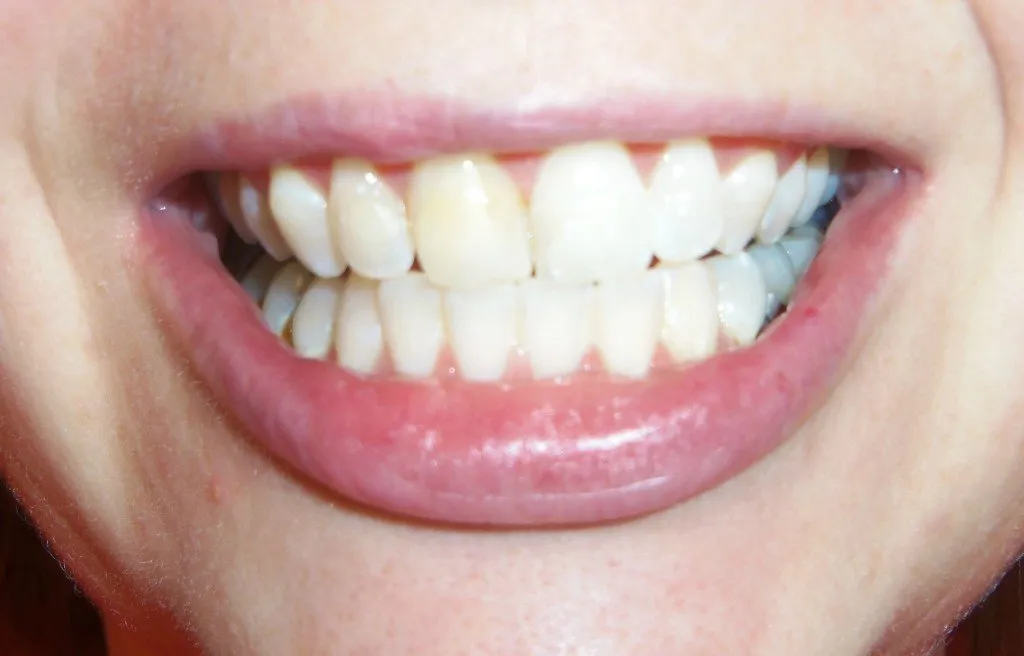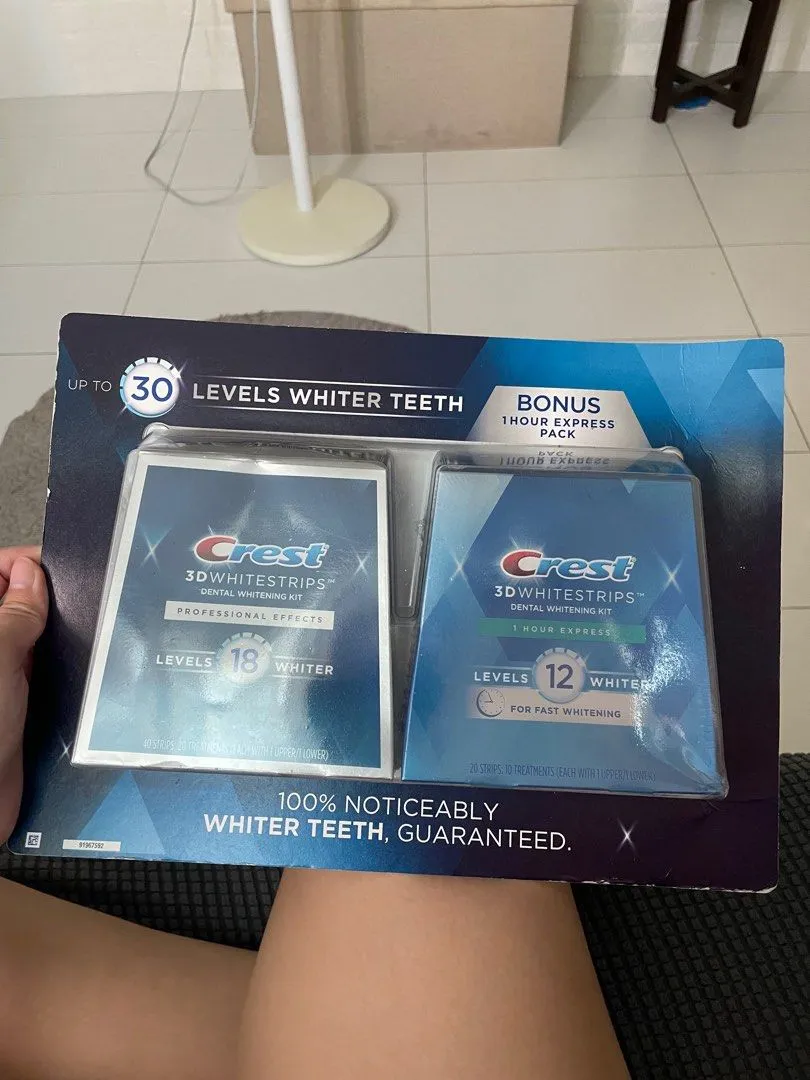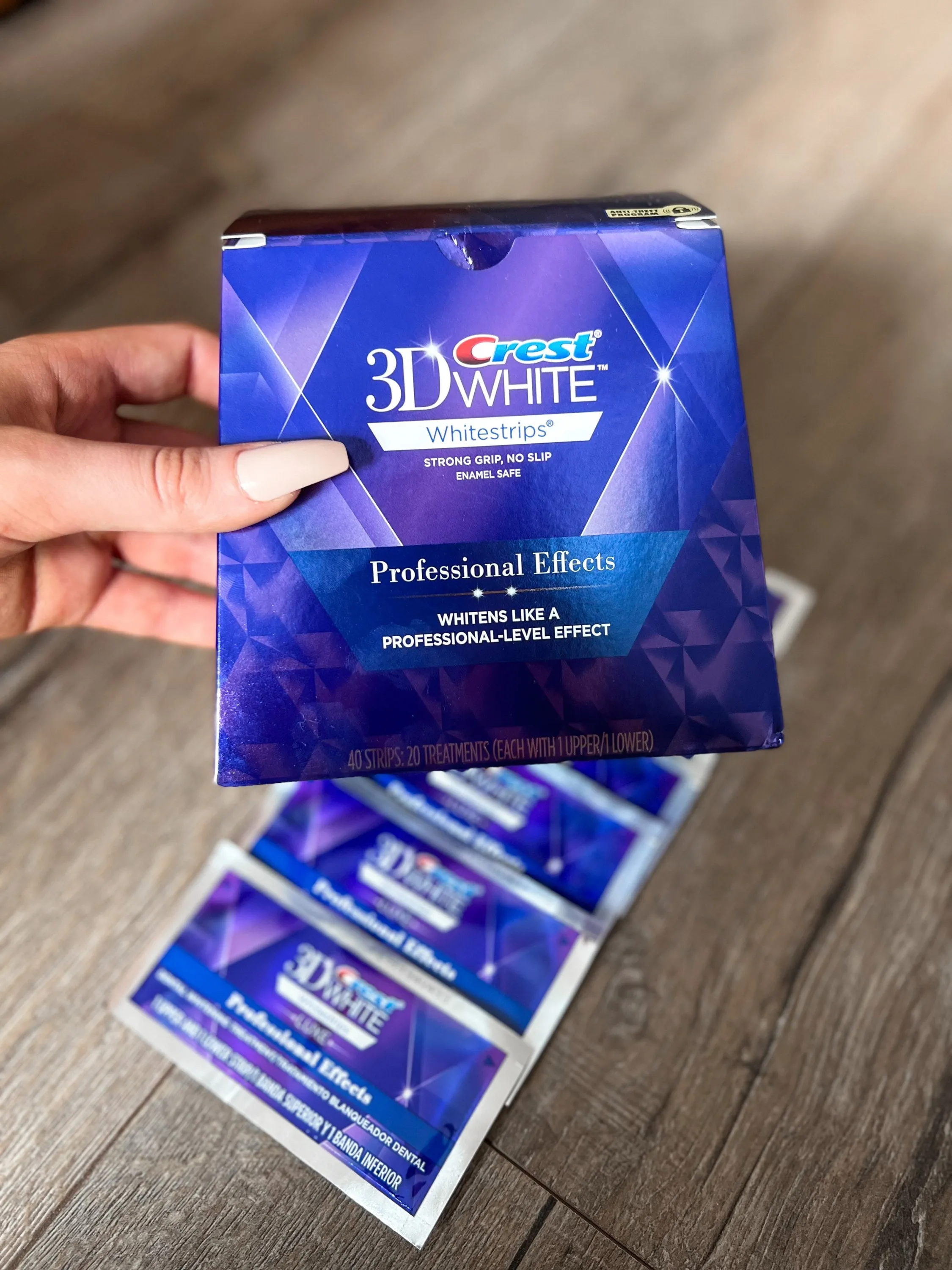What Are Whitening Strips White Spots?
Whitening strips have become a popular method for achieving a brighter smile, but sometimes, users encounter an unwanted side effect white spots. These spots, often appearing as small, opaque patches on the surface of the teeth, can be a cause for concern. Understanding what causes these white spots, commonly referred to as “whitening spots”, and how to manage them is essential for anyone considering or currently using whitening strips. These spots are not necessarily indicative of permanent damage; often, they are temporary and resolve themselves. However, it’s important to know the facts behind them to ensure you’re making informed decisions about your dental care and whitening treatments.
Understanding the Causes
Several factors can contribute to the formation of white spots when using whitening strips. These factors are generally related to how the whitening agents interact with the tooth enamel. The primary causes involve the temporary changes to the tooth’s surface during the whitening process. Knowing the underlying mechanisms can help users take preventative measures to minimize the occurrence of these spots. The appearance of these spots varies from person to person, and the intensity can also differ depending on the concentration of the whitening agent and the duration of its application.
Enamel Dehydration

One of the most common causes of white spots is enamel dehydration. Whitening strips, particularly those containing high concentrations of hydrogen peroxide, can temporarily dehydrate the enamel. This dehydration causes the enamel to become more porous, reflecting light differently and making white spots more visible. This effect is more pronounced in areas where the enamel is naturally thinner or has micro-cracks. The appearance of the white spots can be more noticeable immediately after using the strips, as the teeth are still in a state of temporary dehydration. Proper hydration and time usually resolve this issue.
Uneven Application
Uneven application of the whitening agent can also lead to the formation of white spots. If the strip doesn’t make complete contact with the tooth surface, or if the application isn’t consistent, some areas of the enamel may be exposed to higher concentrations of the whitening agent than others. This can result in uneven whitening and the appearance of white spots. Proper placement and ensuring the strip adheres correctly to all tooth surfaces are crucial to minimize this risk. Users should carefully follow the instructions provided with the whitening strips to ensure uniform application.
The Role of High Concentrations of Hydrogen Peroxide
The concentration of hydrogen peroxide in whitening strips plays a significant role in the likelihood of developing white spots. Higher concentrations, while potentially leading to quicker whitening results, can also increase the risk of enamel dehydration and the formation of white spots. Sensitive teeth and enamel may be more susceptible to these effects. Many over-the-counter whitening strips contain hydrogen peroxide concentrations, so it’s essential to carefully consider the product’s specifications and perhaps consult with a dental professional for recommendations based on individual needs and tooth sensitivity. The use of lower concentration products may provide slower, but gentler results.
Top 5 Facts about Whitening Strips White Spots

Fact 1 Temporary Nature
The vast majority of white spots caused by whitening strips are temporary. They typically disappear within a few days to a few weeks as the enamel rehydrates and remineralizes. This means that, in most cases, the appearance of white spots is not a sign of permanent damage to the teeth. Patience is key, and the spots usually fade on their own. If the spots persist for an extended period, or if there is any discomfort, it is advisable to consult a dentist to rule out any other underlying issues.
Fact 2 Mild Discomfort
Some individuals may experience mild sensitivity or discomfort associated with white spots. This is due to the temporary changes in the enamel, which can make the teeth more sensitive to hot or cold temperatures. This discomfort is usually short-lived and resolves as the teeth recover. Using toothpaste designed for sensitive teeth can help alleviate any sensitivity. Avoiding extremely hot or cold foods and drinks during the whitening process can also help reduce discomfort.
Fact 3 Appearance Timeline

White spots typically become visible shortly after using whitening strips, often within the first few days or even hours. The intensity and visibility of the spots can vary. While the spots may be prominent initially, their appearance tends to decrease over time as the teeth rehydrate. Monitoring the timeline of the white spots can provide reassurance and help determine if any additional action is needed. If the spots do not improve within a few weeks, it is important to consult a dentist for further evaluation and advice.
Fact 4 Management with Time
The primary management strategy for white spots is often simply waiting for them to resolve naturally. This is because they are a result of temporary enamel changes. Maintaining good oral hygiene, including regular brushing and flossing, can support the remineralization process. In some cases, the use of fluoride toothpaste or mouthwash can help to strengthen the enamel and reduce the appearance of the white spots. If the spots are particularly noticeable or persistent, a dentist may recommend professional treatments, such as fluoride applications or cosmetic procedures, to improve the appearance.
Fact 5 Prevention Strategies
Several strategies can help prevent white spots. These include ensuring proper application of the whitening strips, limiting the frequency of whitening treatments, and maintaining good oral hydration. Using products with lower concentrations of hydrogen peroxide can also reduce the risk. Consulting a dentist before starting any whitening treatment is always a good idea. They can assess the health of your teeth and recommend the best approach to achieve the desired results while minimizing potential side effects.
How to Prevent White Spots

Preventing white spots involves a combination of using whitening strips correctly, taking care of your oral health, and making informed decisions about the products you choose. While it might not be possible to eliminate the risk completely, taking certain precautions can greatly reduce the likelihood of white spots appearing. Proper application and following the instructions on the product packaging are essential. Staying hydrated and maintaining good oral hygiene practices will also help your teeth.
Ensuring Proper Application
Ensuring proper application of the whitening strips is crucial in minimizing the risk of white spots. This involves carefully following the instructions provided with the product. Making sure the strip fully covers the tooth surface without overlapping onto the gums. Before applying the strips, gently brush your teeth to remove any plaque or debris. Ensure the teeth are dry before applying the strips, as moisture can interfere with the adhesive. After applying, avoid eating, drinking, or smoking during the treatment period. Proper application ensures an even distribution of the whitening agent across the enamel surface, reducing the likelihood of localized dehydration.
Limiting Whitening Frequency
Limiting the frequency of whitening treatments is another essential strategy for preventing white spots. Overuse of whitening strips can increase the risk of enamel dehydration and other side effects. It is important to follow the recommended usage guidelines provided by the manufacturer and consult with a dentist to determine an appropriate whitening schedule. This might involve taking breaks between treatments or limiting the duration of each treatment session. Avoid using whitening strips more frequently than recommended. This also allows your teeth to recover and remineralize, minimizing the appearance of white spots and promoting long-term oral health.
Hydration and Oral Care

Maintaining good oral hygiene and staying hydrated are crucial steps in preventing white spots and promoting overall dental health. Drinking plenty of water helps to keep the mouth hydrated and supports the rehydration of enamel after using whitening strips. Regular brushing with fluoride toothpaste helps to strengthen the enamel and protect against sensitivity. Flossing daily removes plaque and debris. Consider using an alcohol-free mouthwash to maintain oral health without causing further dehydration. Regular dental check-ups and cleanings are also essential. Proper oral care supports the natural remineralization process of the teeth, helping to reduce the appearance of white spots and maintain a healthy, bright smile.
Professional Guidance
Consulting with a dental professional before starting any whitening treatment is highly recommended. Dentists can assess the health of your teeth and gums, identify any pre-existing conditions. They can also advise on the most suitable whitening methods. They can also discuss the potential risks and benefits of using whitening strips. A dentist might recommend a professional whitening treatment in the office, which can be more effective and provide controlled results. Regular dental check-ups can help monitor your teeth’s health and address any concerns, including the appearance of white spots. Consulting a dentist ensures that you receive personalized advice. This also helps you maintain your smile while using whitening strips.
When to Seek Professional Help
While white spots from whitening strips are usually temporary, it is important to know when to seek professional help. If the white spots persist for more than a few weeks, or if they are accompanied by significant sensitivity, pain, or discomfort, it is best to consult a dentist. These symptoms could indicate an underlying issue. A dentist can assess the condition of your teeth and determine the best course of action. If white spots are particularly noticeable or cosmetically bothersome, a dentist may recommend treatments, such as fluoride applications, cosmetic bonding, or other procedures to improve the appearance of the teeth. Seeking professional help ensures that any potential issues are addressed promptly, and that your oral health is maintained.
